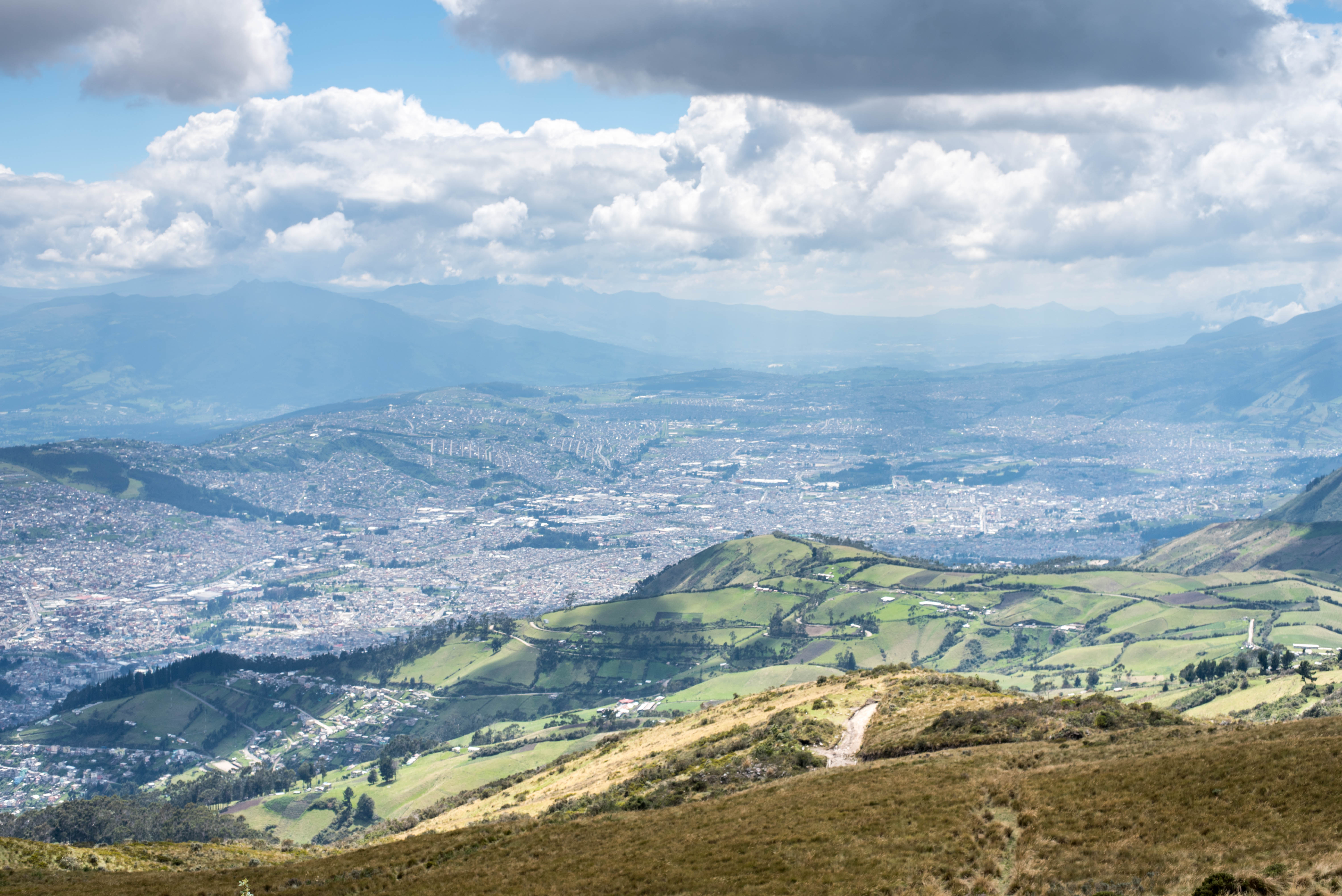
In this guide:
map
overview
how to get there
stay
eat
see & do
tips & local customs
why I love it
JW Marriott Quito
Newly renovated accommodations up to American standards.
Casa Gangotena
Palace turned boutique hotel in heart of historic district.
Carlota Hotel
New, design-forward hotel in heart of historic district.
Quito International Airport
Zazu
Fine dining inspired by traditional Ecuadorean ingredients.
Nuema
Contemporary dishes with Ecuadorean ingredients in intimate setting.
Kallari Cafe
Chocolate shop and cafe.
Mercado Central
Food hall and market.
Chez Tiff
Artisanal chocolate maker.
Calle la Ronda
Shopping on quaint, pedestrian street.
Cyril Boutique
French-style chocolate shop and patisserie.
Virgen del Panecillo
Hilltop statue of a winged Virgin Mary.
Calle de las Siete Cruces
Street of the Seven Crosses.
Iglesia de San Francisco
Ornate Catholic church on a plaza.
Basílica del Voto Nacional
Large Catholic basilica.
TelefériQo
Gondola up to Pichincha volcano.
Quito is often used as a quick stop on the way to the Galápagos Islands, but it’s an underrated destination itself. I read the New York Times’ piece “36 Hours in Quito,” and I was instantly hooked on the idea of traveling to the Ecuadorean capital. There are inexpensive, direct flights from Atlanta, everything is cheap, there is great hiking nearby, and Ecuador produces CHOCOLATE.
The city sits at about 9,400 feet above sea level in a valley between volcanic peaks. Its position on the equator means that the average temperature is 68F every day of the year. Even though it’s nestled high in the Andes, the city is a sprawling home to millions of residents. You can still find traces of the Inca (?) empire and Spanish conquistadors all throughout the city, especially in the plazas and cathedrals. Aside from the chocolate, there is also a blossoming food scene in Quito.
It’s definitely a destination for people with an adventurous spirit (and perhaps not the best place for those who desire all the comforts of home). You can certainly find a hotel that lives up to American standards, but you might have to pay someone off (a few cents) to use a public restroom. Some basic Spanish is very helpful since English is not ubiquitous–they don’t cater to American tourists as much as more popular destinations in South America. The good news is that Ecuador adopted the US dollar as their primary currency, so there’s no need to exchange money. And money always talks, even if you don’t know any Spanish.
How to get there:
The new Quito International Airport (UIO) opened in 2013, and all of the roads into Quito are well lit and recently paved. The airport offers direct routes from Atlanta, Dallas/Fort Worth, Fort Lauderdale, Houston, Miami, and New York (JFK), as well as routes throughout Latin America and a few from Europe.
A taxi ride into the city takes about half an hour without traffic and costs around $25. Be sure to negotiate the price with your driver ahead of time. If you’re planning to stay in the city, there’s no need to rent a car–taxis are very cheap!
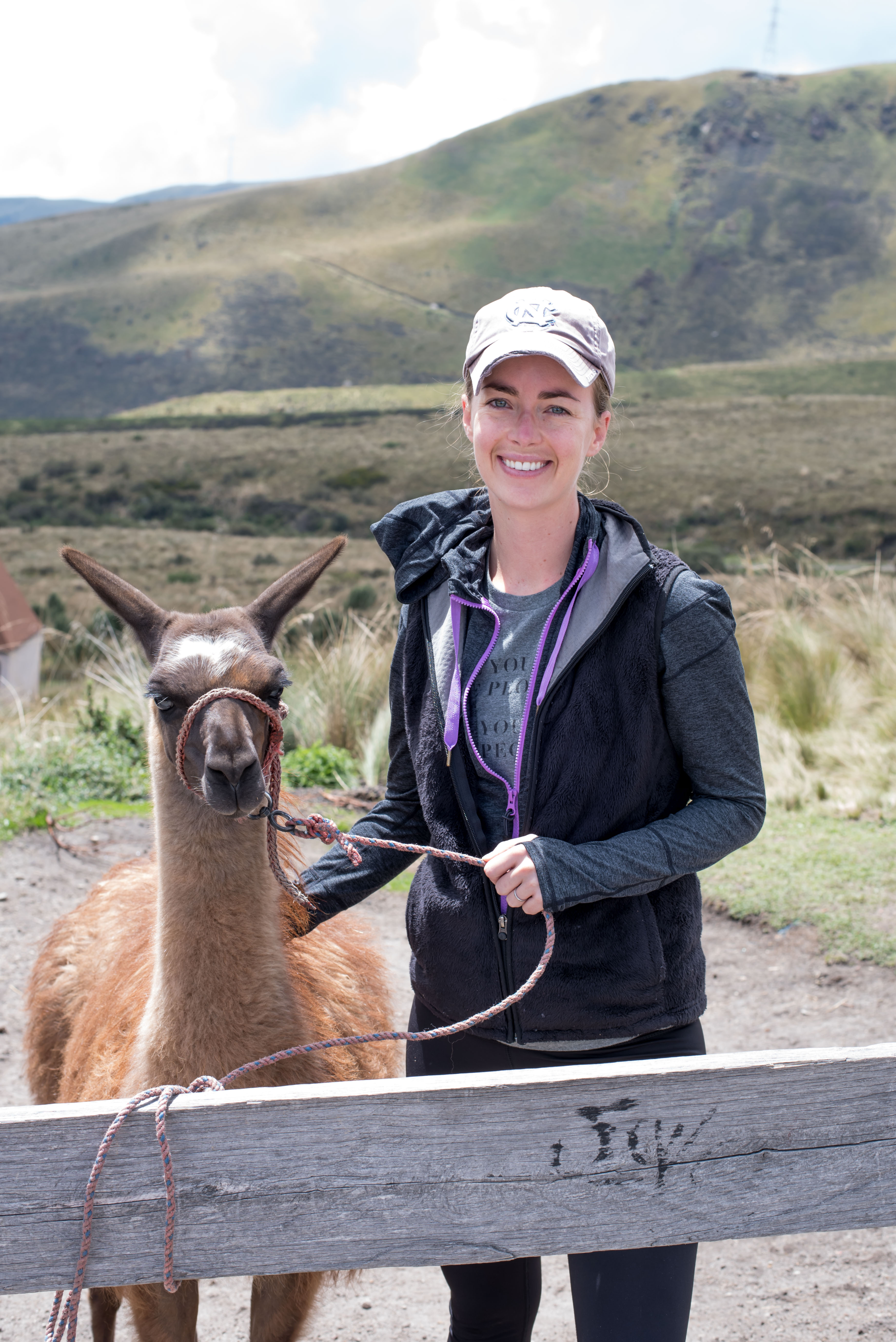
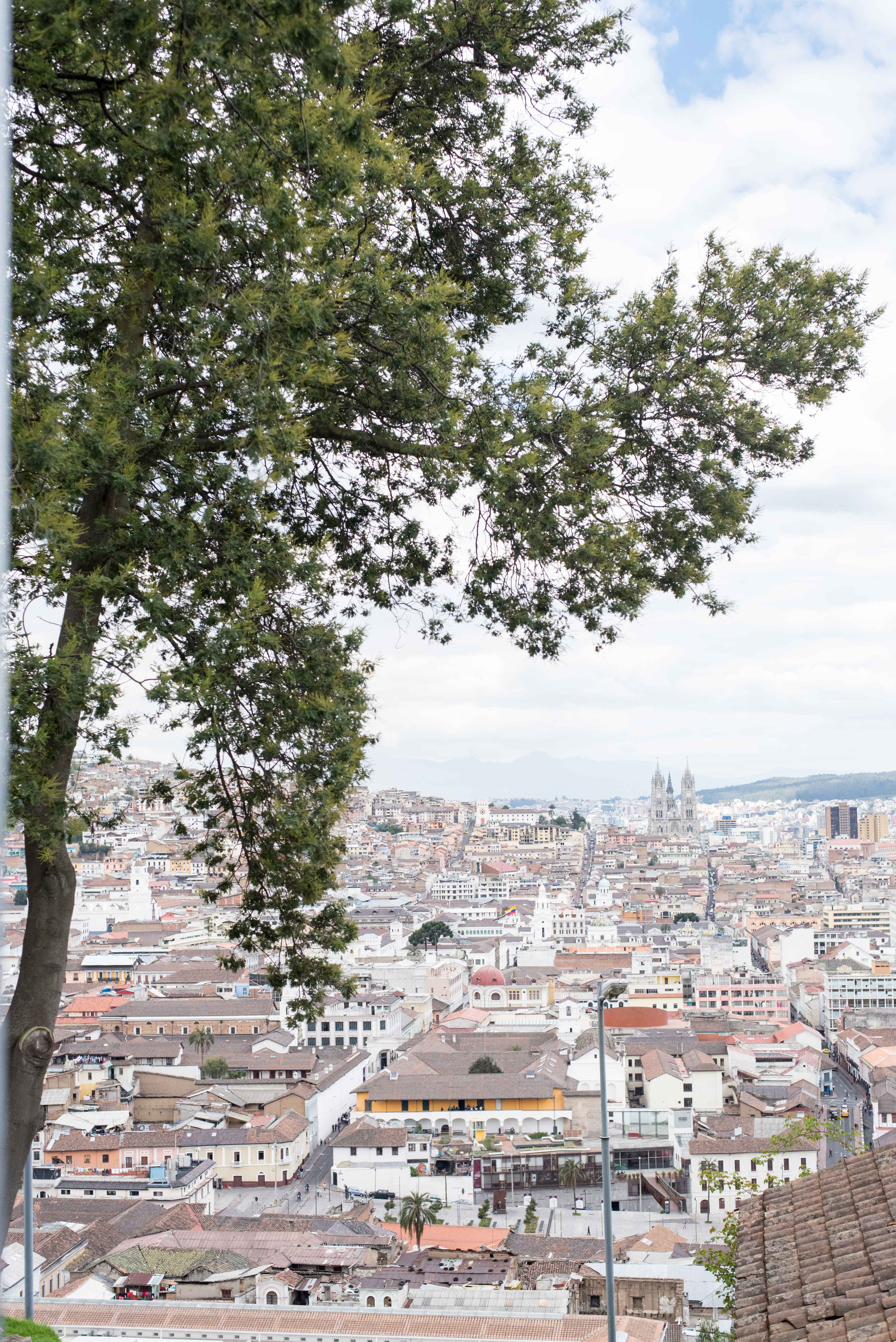
Stay:
The newly renovated JW Marriott Quito was our top choice for its combination of quality, location, and price. The hotel serves many business travelers, so the wifi, rooms, and customer service are all what you’d expect of an American chain hotel. The area felt plenty safe and was walking distance (or a cheap taxi fare) from most of the places we wanted to visit. The resort-style pools and courtyards were a welcome spot to rest after hiking a volcano. The hotel also has a large gym, spa, and multiple restaurants in house.
If you want to stay in the historic district in a place with more local flair, I’d recommend Casa Gangotena, a palace turned boutique hotel, or the new 12-room Carlota Hotel.
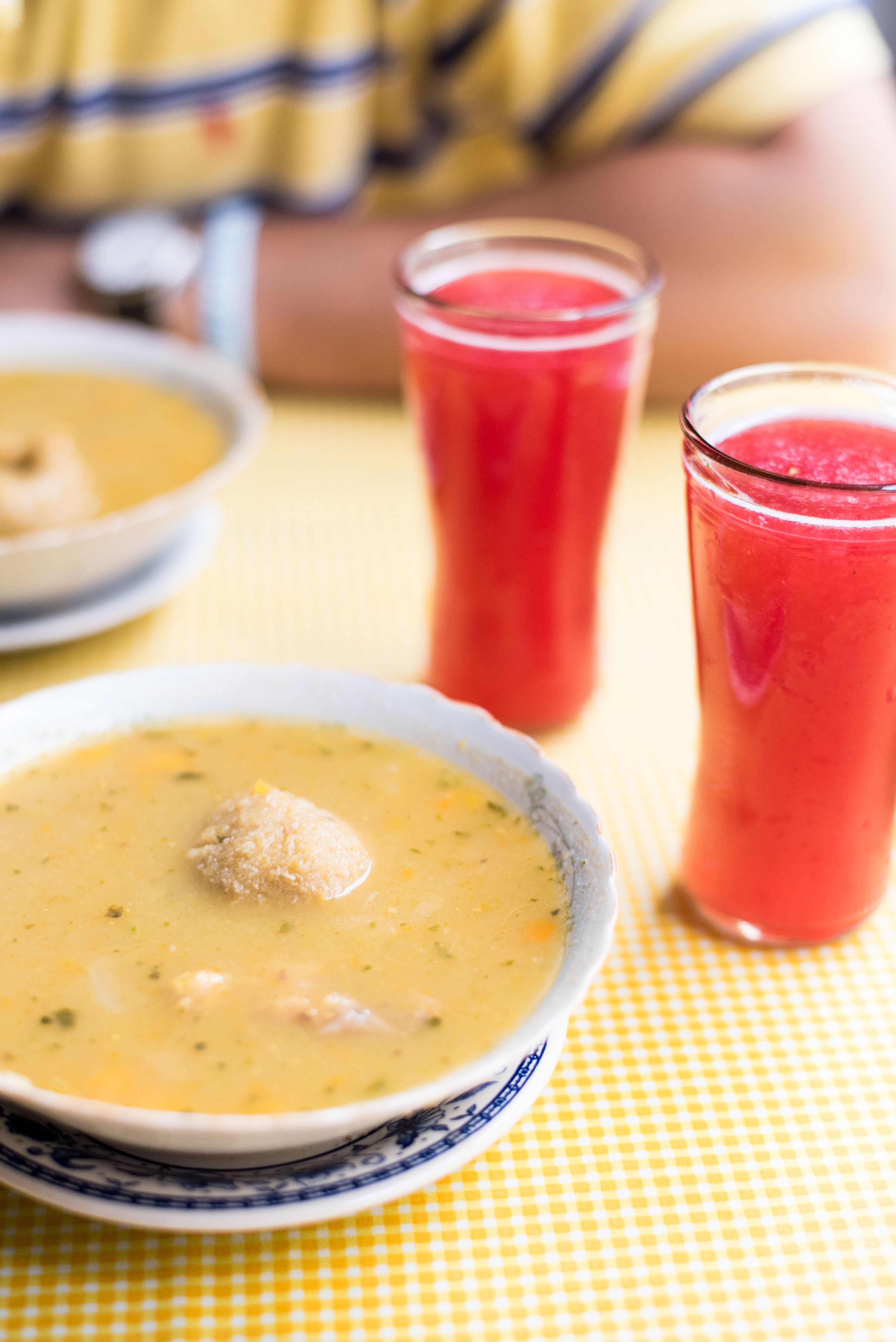
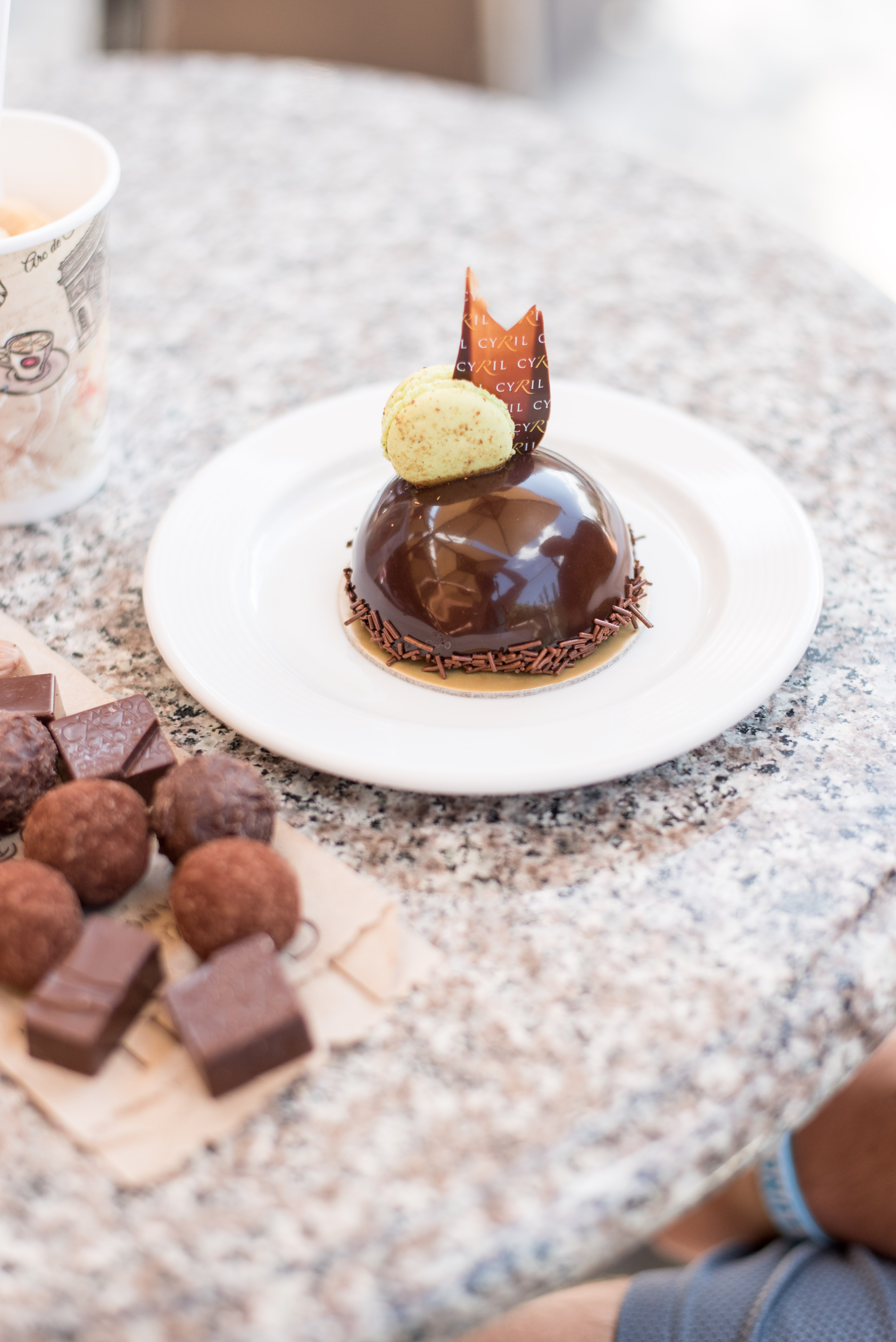
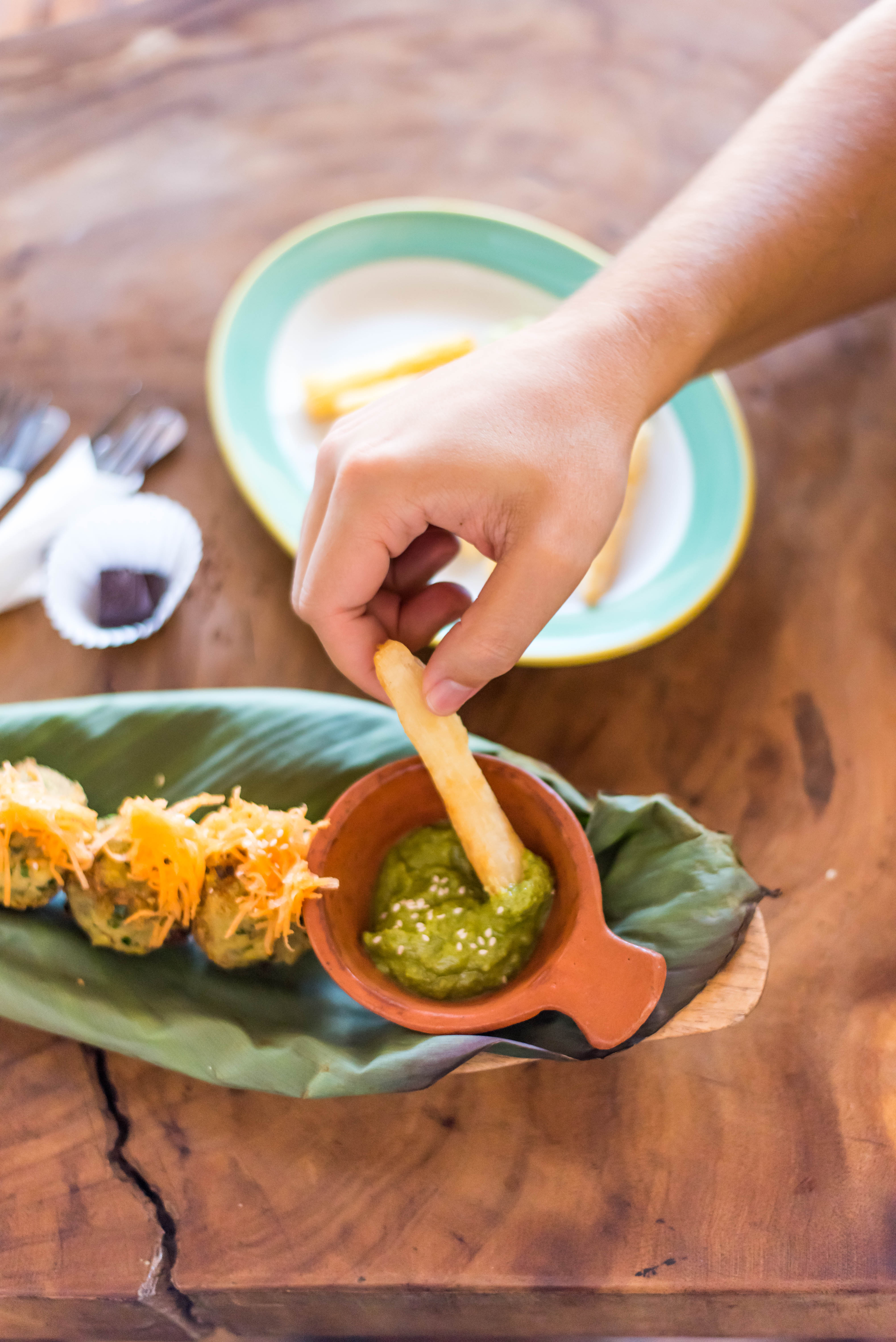

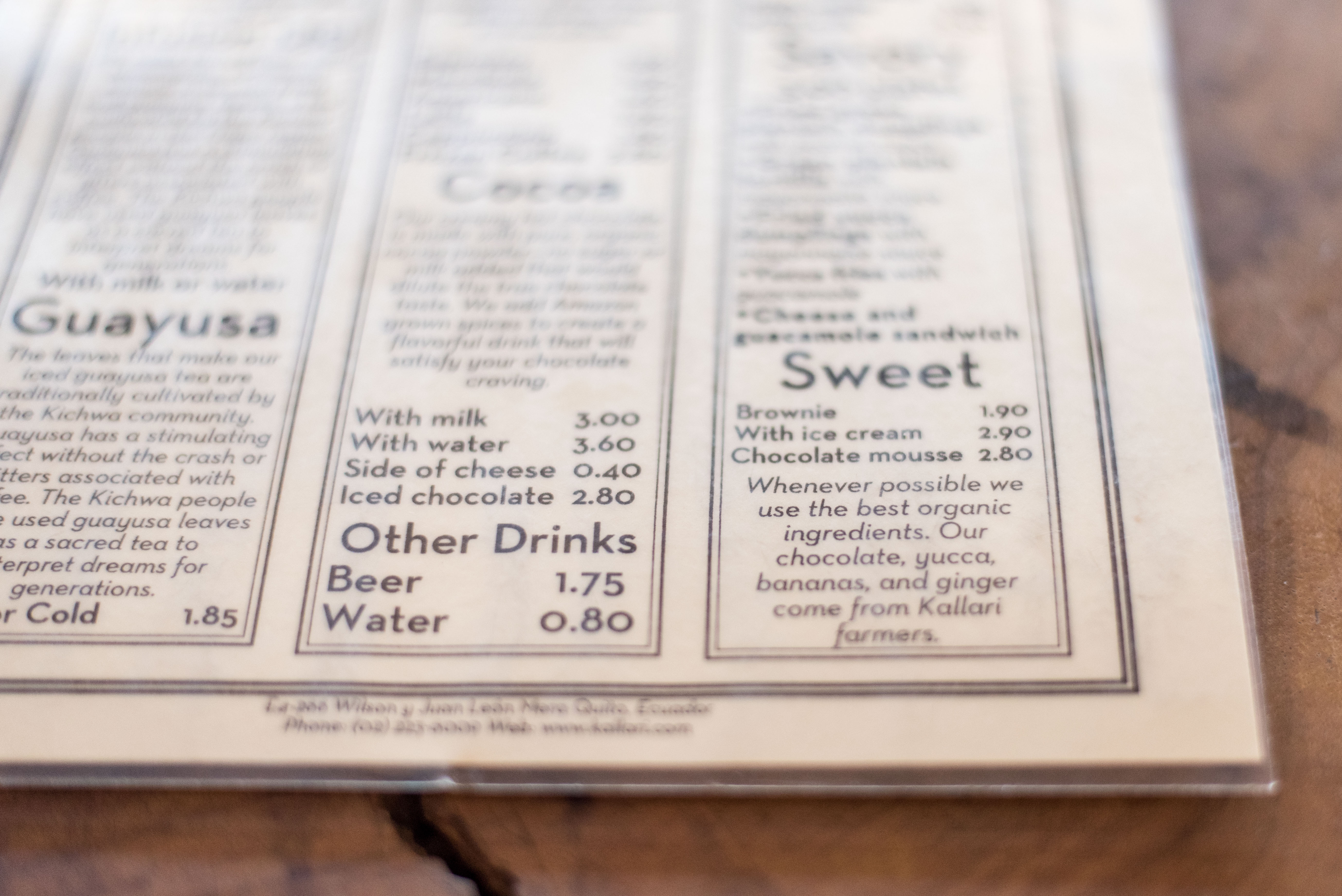
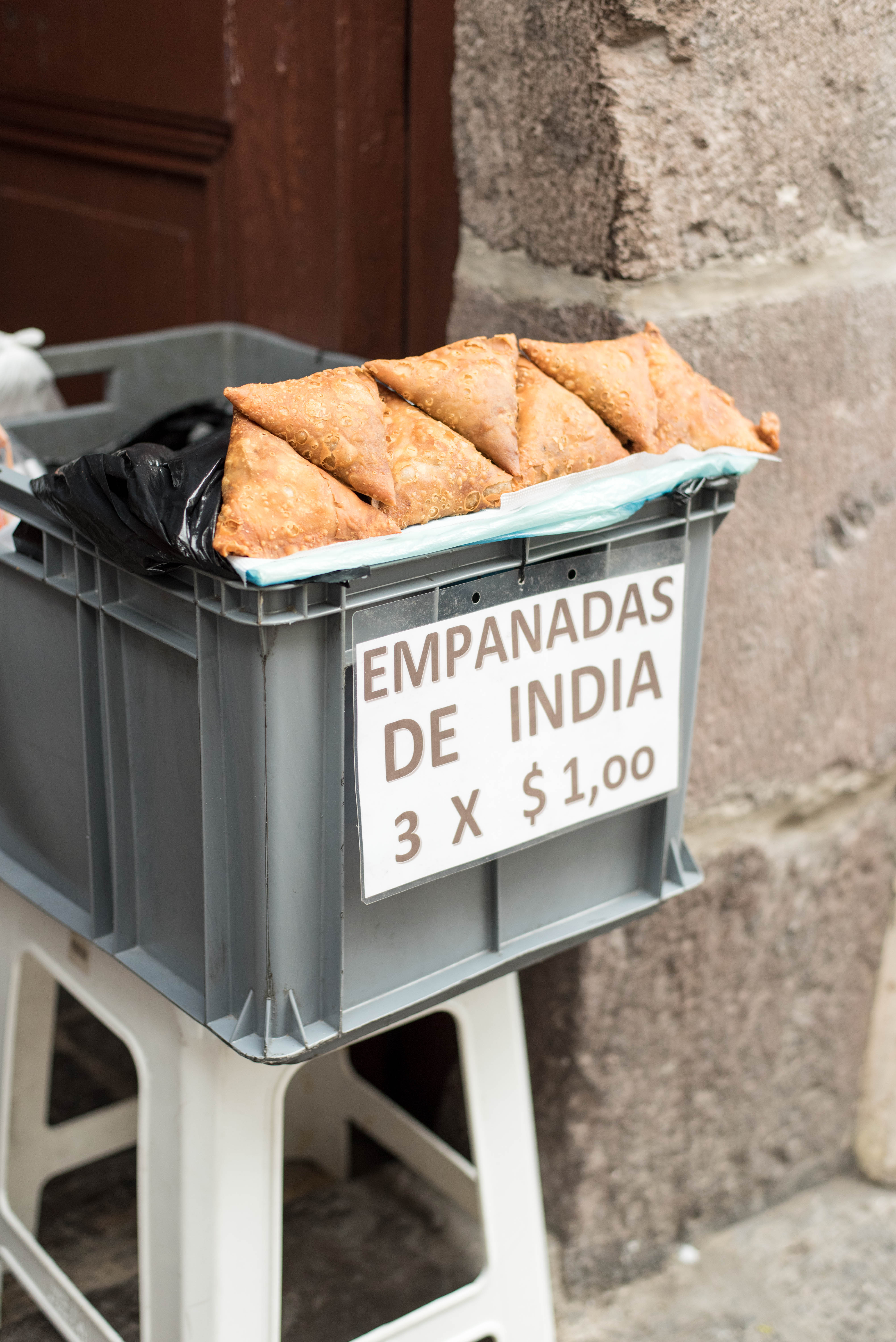
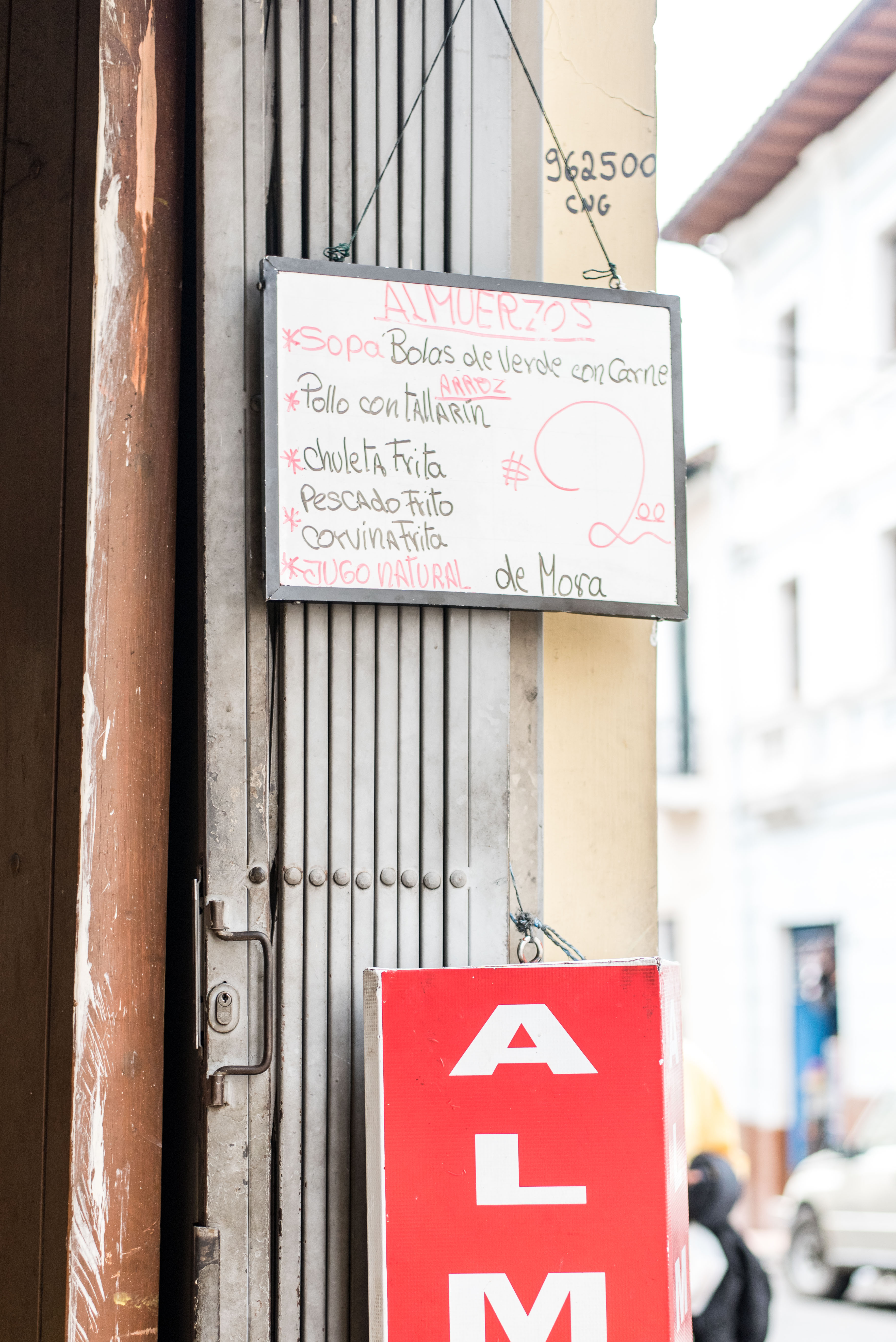
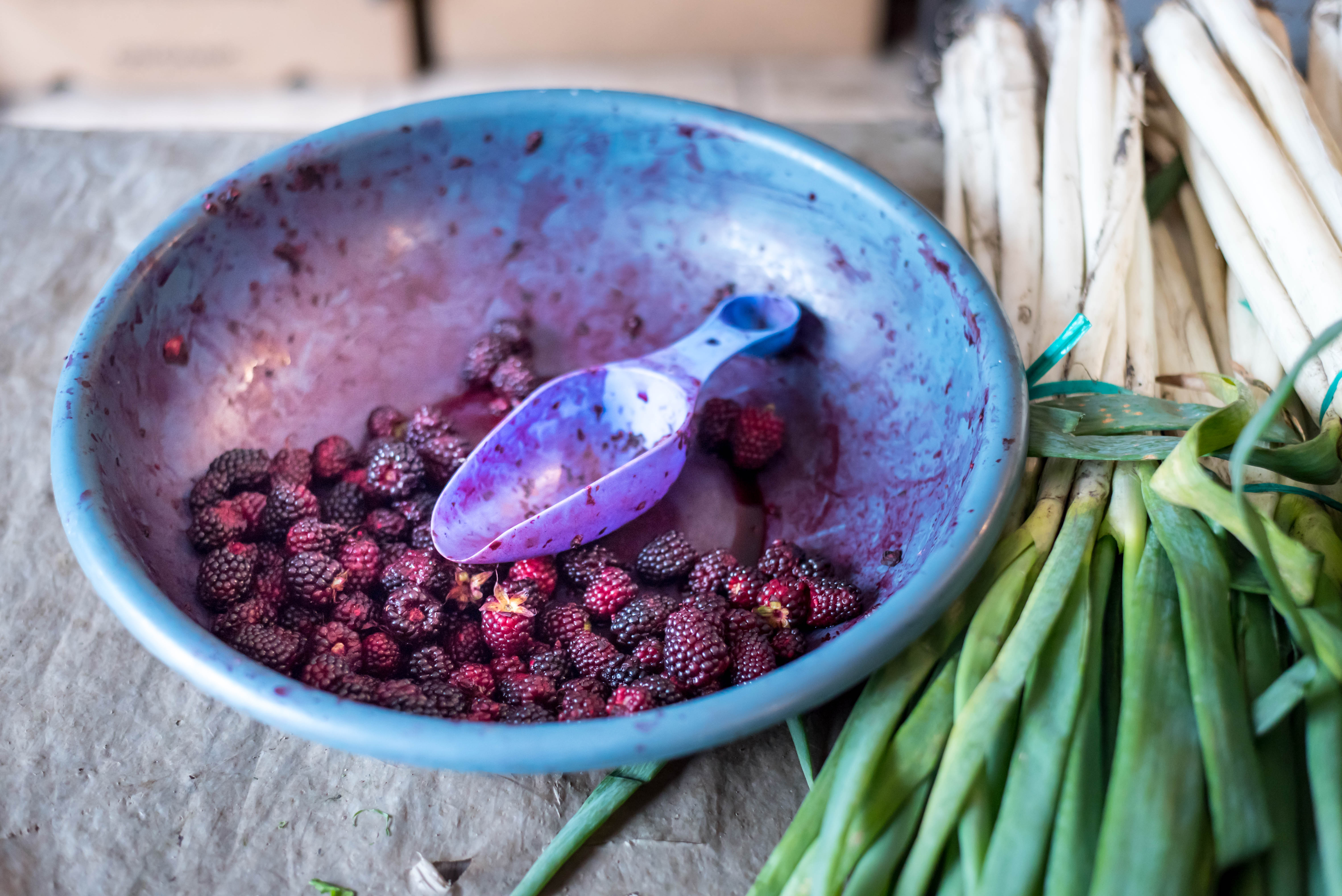
Eat:
Zazu, a Relais & Chateaux property, serves beautifully plated dishes made from traditional Ecuadorian ingredients in a formal, fine dining setting. A five- or seven-course chef’s tasting menu will only set you back $50 or $70, respectively (tax and service included). Reservations required.
Mariano Aguilera 331, Quito 170517
Traditional Ecuadorian ingredients meet French technique in the intimate restaurant Nuema. The dishes are thoughtful and interesting, and every night diners get the pleasure of speaking to one of the chefs about their meal. Not only was this our favorite meal of the trip, but the prices are very reasonable relative to American standards. There are only 6-8 tables (depending on the size of the groups dining), so reservations are essential. Nuema has no website, only an unofficial Facebook page with a phone number (have your hotel concierge call to make a reservation if you don’t have an international phone plan).
Av República de El Salvador N34-127 y Suisa, Quito 170135
The Kallari cafe and store not only stocks the company’s fair-trade chocolate made by a collaborative of Ecuadorian cacao farmers, but it also serves interesting cafe fare–think local coffee, tea, hot chocolate (worth the trip alone!), plantain dumplings and yuca fries. I believe they serve more substantial food at lunch and dinner, but we just stopped for breakfast. (Again, no website…). The space is small and service is definitely on Latin American time, but it’s a nice spot to do some work or grab a leisurely treat.
Wilson E4-266, Juan León Mera, Quito 170143
Mercado Central is everything you’d hope for in a Latin American food hall. The stalls are filled with vendors selling everything from plates of traditional foods to flowers to vegetables to fresh seafood and butchered meats. A woman handing out samples coaxed us into a delicious plate of roasted pork with accompaniments that cost a whopping $2.50. It’s worth stopping by to see the spectacle even if you’re not hungry.
Av Pichincha y Esmeraldas, Quito 170136
Sit in the beautiful, bright interior courtyard of the historic Casa Gangotena hotel for afternoon tea. Surrounded by orchids, you can experience the Quiteño version of British afternoon tea by sipping locally-inspired tea blends (or hot chocolate!) and snacking on dainty pastries. This is a great indoor activity to escape one of the frequent afternoon rain showers, and it was one of the highlights of our trip! The restaurant also serves breakfast, brunch, lunch, and dinner. Call, email, or stop by the hotel for reservations.
Simon Bolivar y Cuenca, Quito 170401
Chez Tiff is an artisanal chocolate maker on the adorable Calle la Ronda. Go for the house-made truffles and stay for a quick history lesson on chocolate production.
Calle de la Ronda, Quito 170101
Cyril Boutique is a French-style bakery and chocolate shop full of beautiful chocolate creations and pastries near la Parque Carolina.
Irlanda E10-124 y 6 de Diciembre, Quito
You’d be remiss to skip out on street food in Quito. Whether it’s empanadas sold from the steps of a cathedral or a cup of mango from a fruit cart in a park, a dollar can get you a solid snack. There are also tiny restaurants throughout the city that definitely don’t take reservations and definitely don’t have Trip Advisor reviews. Keep an eye out for hole-in-the-wall places with “almuerzo” (lunch) menus that are typically $2 or $2.50 per person. For us, one such adventure near the Plaza San Francisco meant soup, chicken and rice, and fresh blackberry juice for $2.
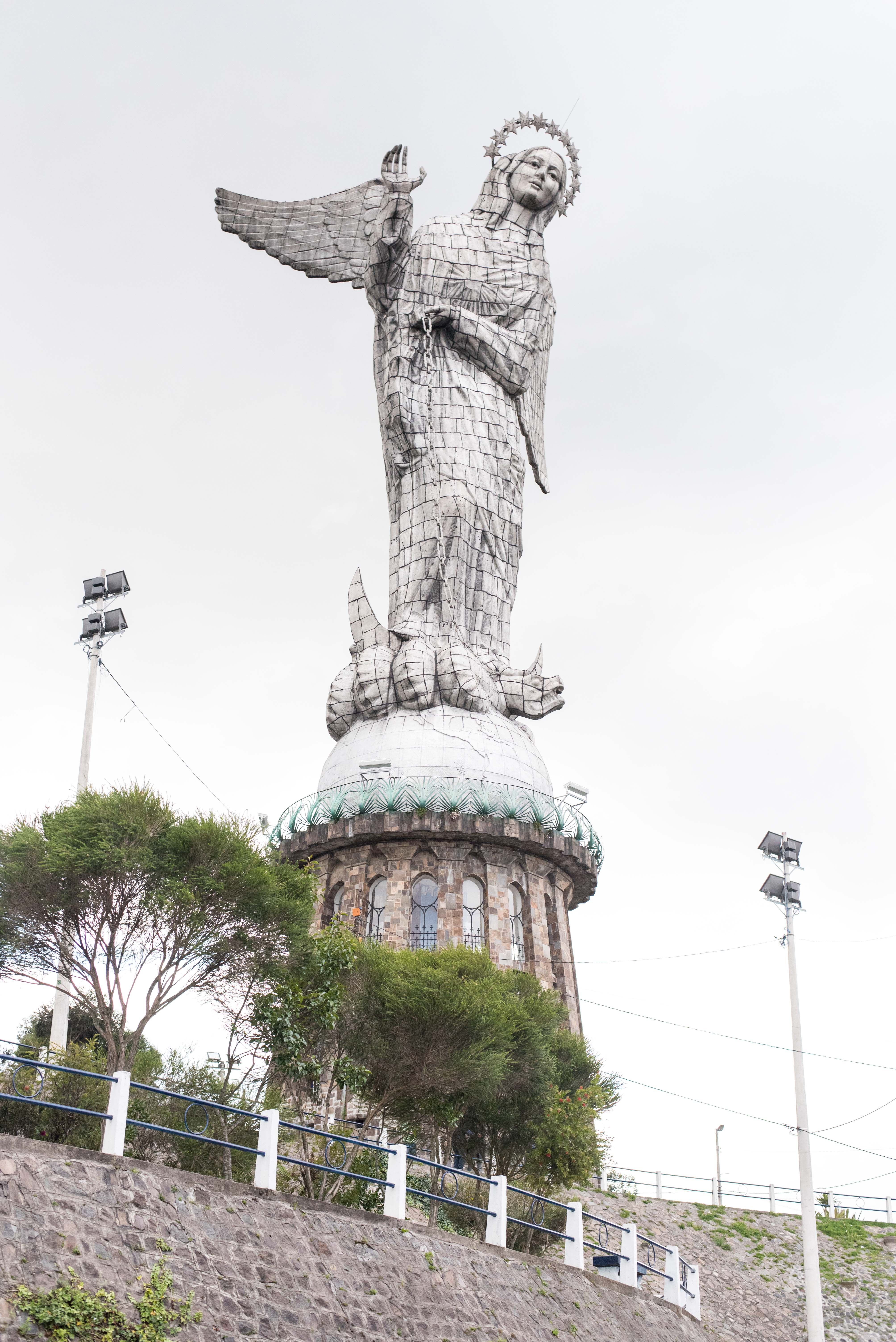
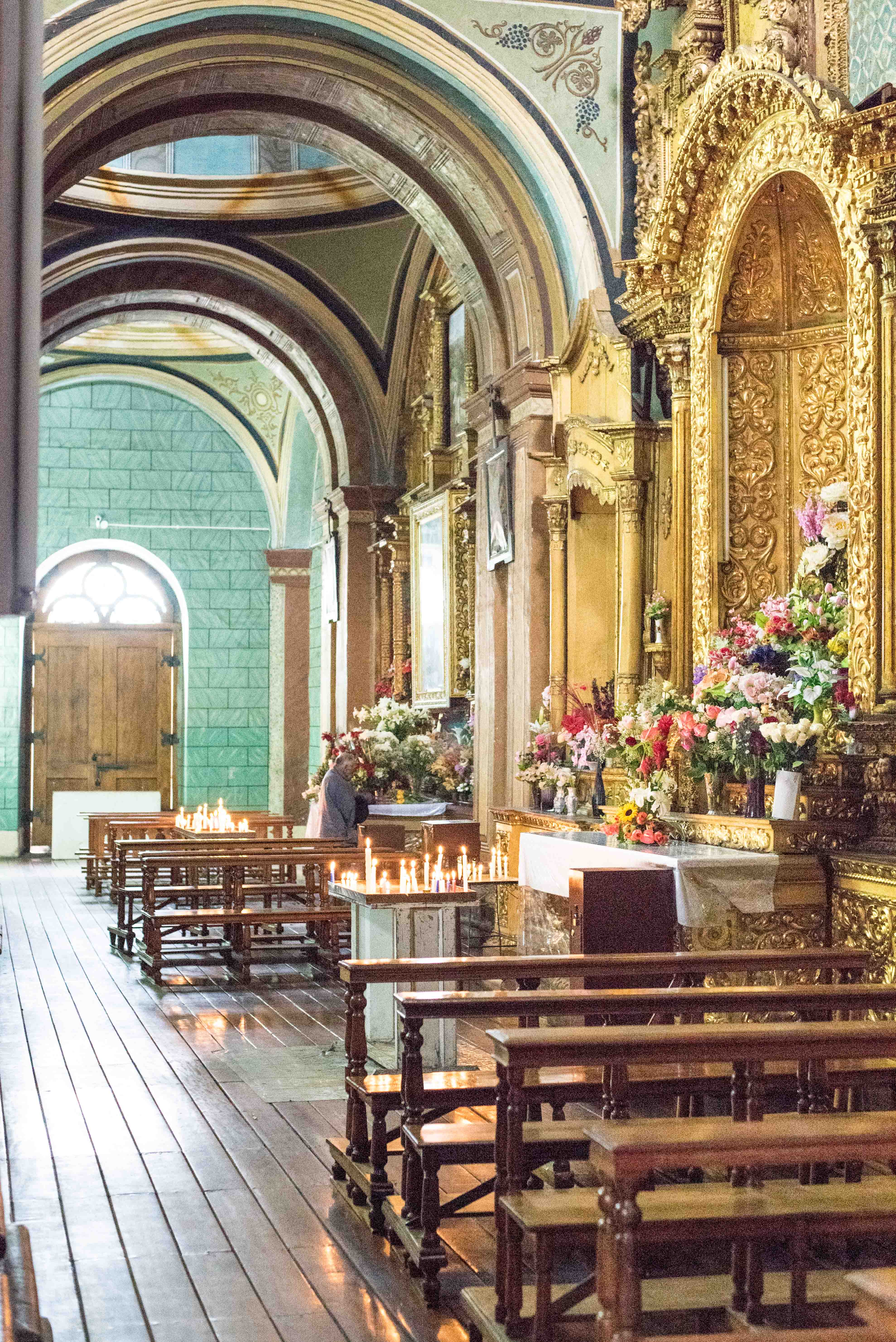
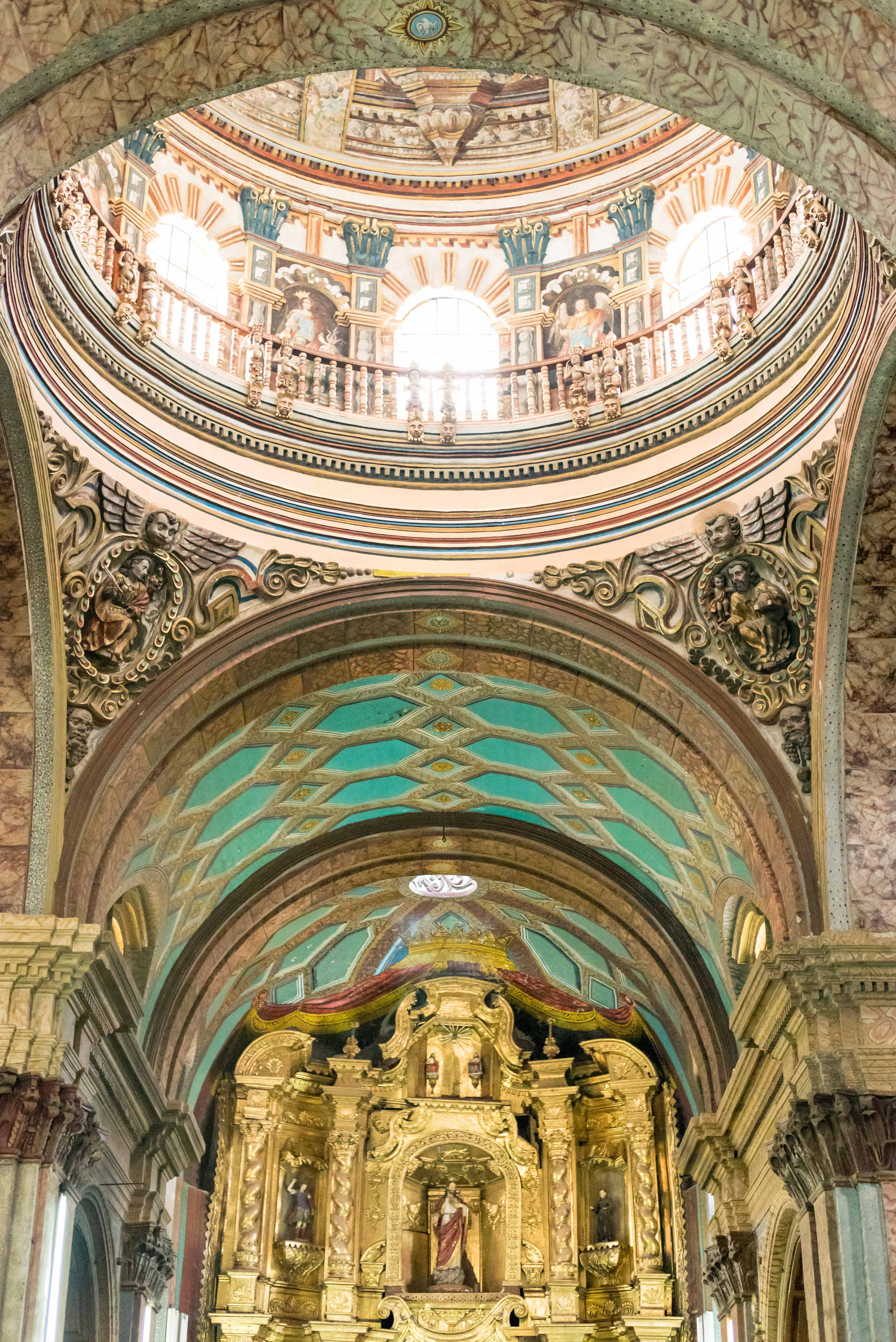
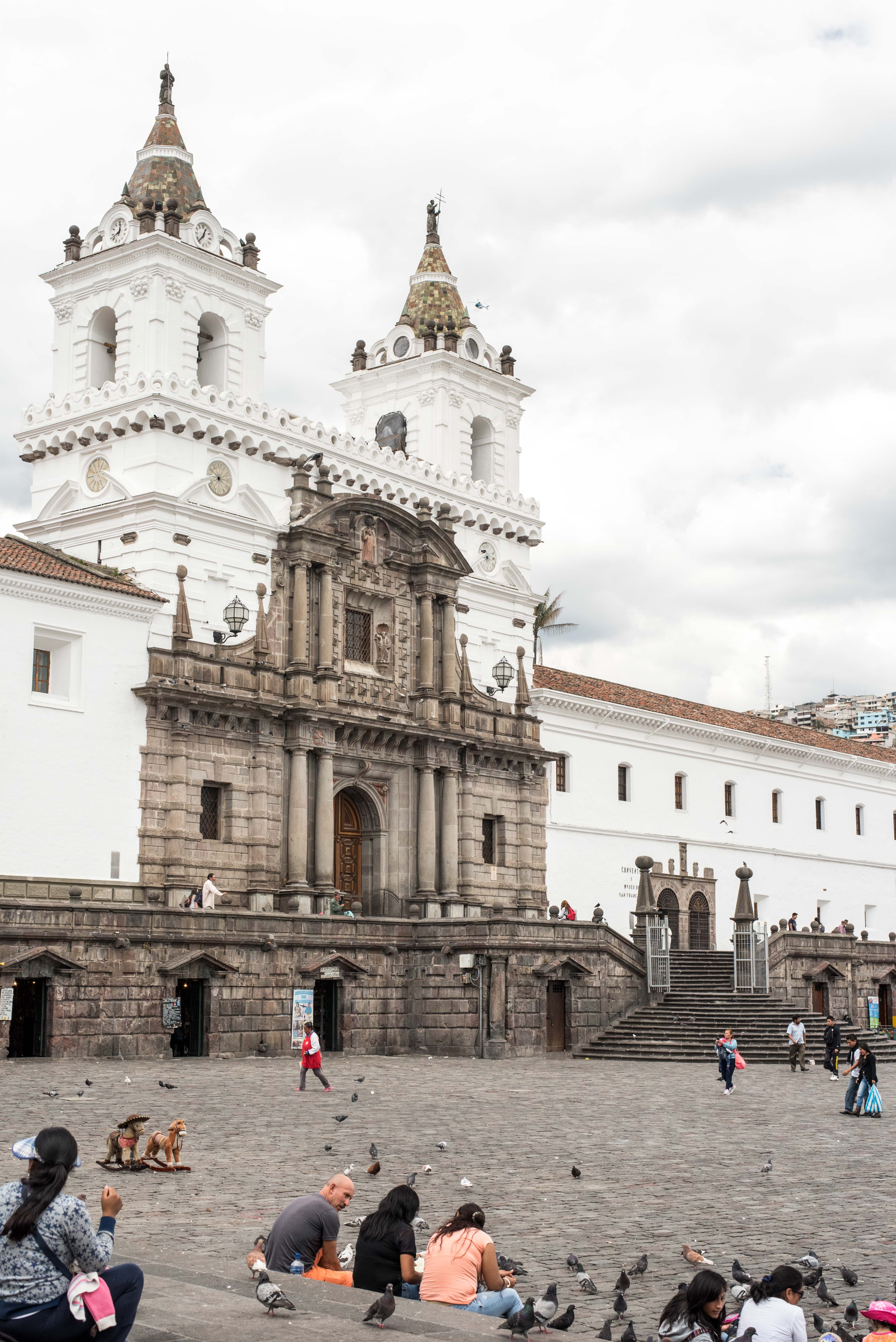
See & Do:
Visit the Virgen del Panecillo, a winged statue of the Virgin Mary made from hundreds of (individually numbered!) pieces of aluminum on a hilltop in the center of the city. We unknowingly made the steep and dangerous trek up the hill on foot, but I highly recommend getting a taxi to take you to the top. For a few dollars, you can climb the staircase inside the statue for a mini history lesson and great views of Quito. Fun fact: “panecillo” translates to dinner roll or bun, a fitting name for the hill on which the statue sits!
Explore the churches on the Calle de las Siete Cruces (Street of the Seven Crosses), formally named García Moreno. Many of the churches are free to enter, while others require an entry fee of a few dollars. Take a detour a block over to see the spectacular Iglesia de San Francisco. The other church worth a special trip is the monumental Basílica del Voto Nacional. For a couple dollars you can climb into the roof for panoramic views of the city. But beware–the stairs are not for the faint of heart, nor for the safety standards of the US.
Stroll down the shop-lined Calle la Ronda. Look for unique souvenirs like Ecuadorian spices or hand-sewn garments. Stop for an afternoon treat at Chez Tiff (mentioned above).
The TelefériQo gondola takes passengers part way up Pichincha volcano, which tops out over 15,000 feet above sea level and most recently erupted in 1999. At the top of the gondola are a cafe, a small church, and picnic shelters. Visitors can stay there for sweeping views of Quito or continue up the well-worn trails of the mountain. No special equipment is needed other than athletic shoes or hiking boots. The hike is quite steep and you’ll likely need lots of stops to catch your breath in the very thin air, even if you’re very physically fit. It took us about about 3 hours to get all the way up the walkable portion–rock climbers can continue further–and an hour down. You can also opt to ride horses up for about $10. Pack snacks, water bottles, and lots of layers as it can get chilly at that altitude. Clouds and rain showers can roll in very quickly, so a light rain jacket is also a great idea. I also recommend acclimating to the elevation in Quito for a couple days before taking the gondola up to decrease the likelihood of altitude sickness. When the TelefériQo first opened in 2005, there were some reports of robberies on the mountain. The instances have since decreased greatly and we felt very safe, though it’s still a good idea to stay in a group. The entry fee to the gondola for foreigners is $8.50 (as of May 2017).
During the day, explore the many parks of Quito, including Parque El Ejido and Parque La Carolina (home of Quito’s botanical garden). Hear musicians play, stop by a fruit cart, and people watch.
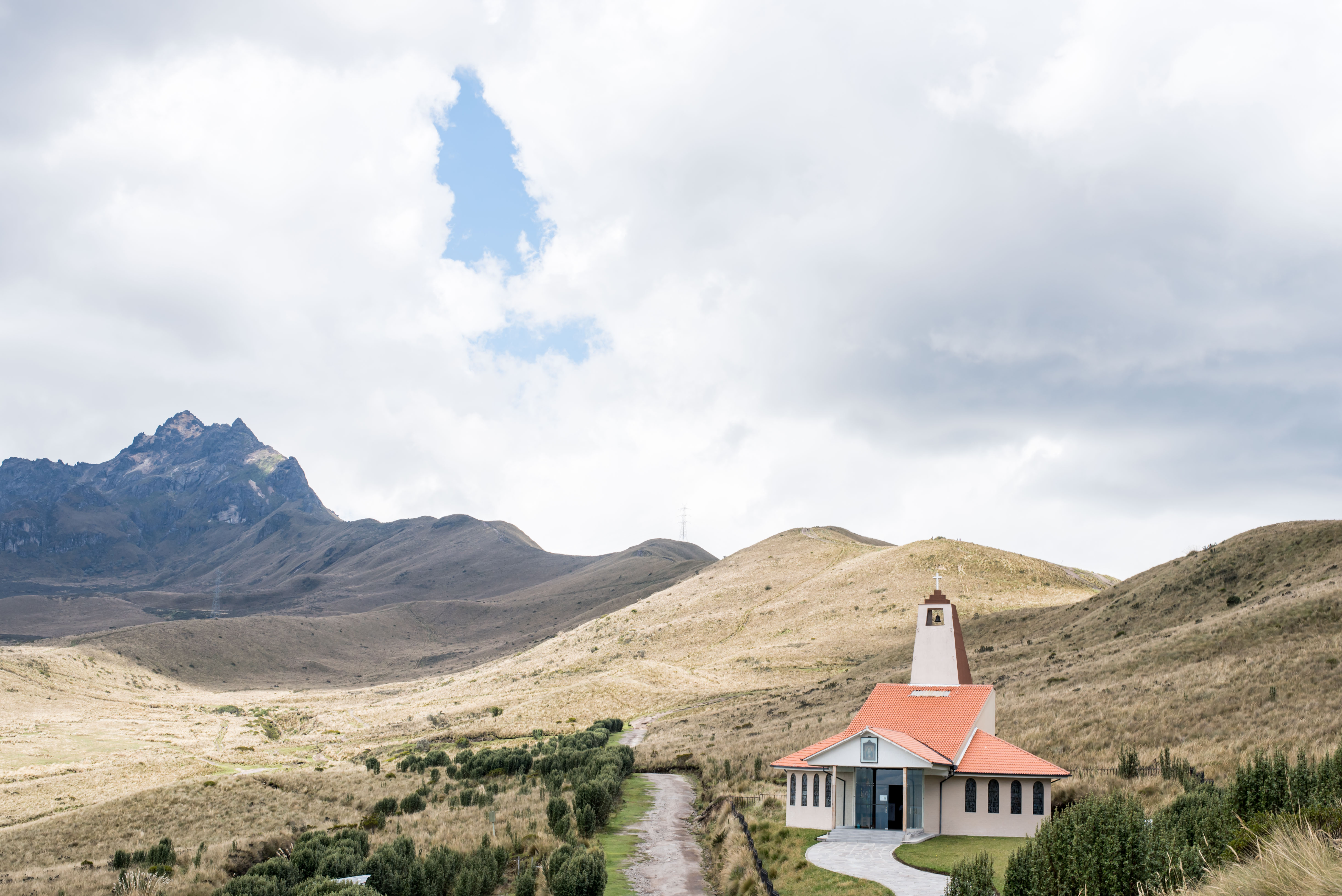
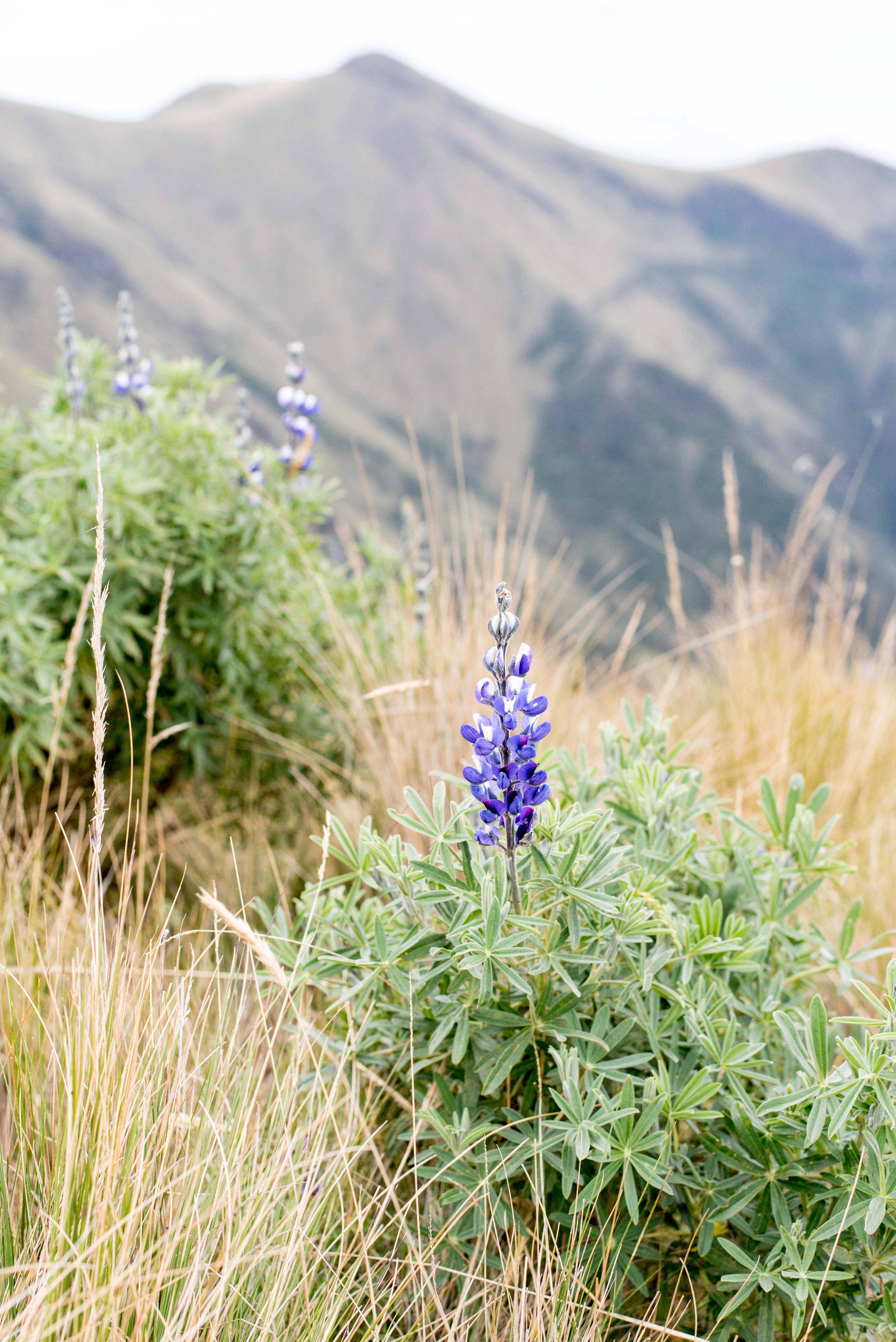
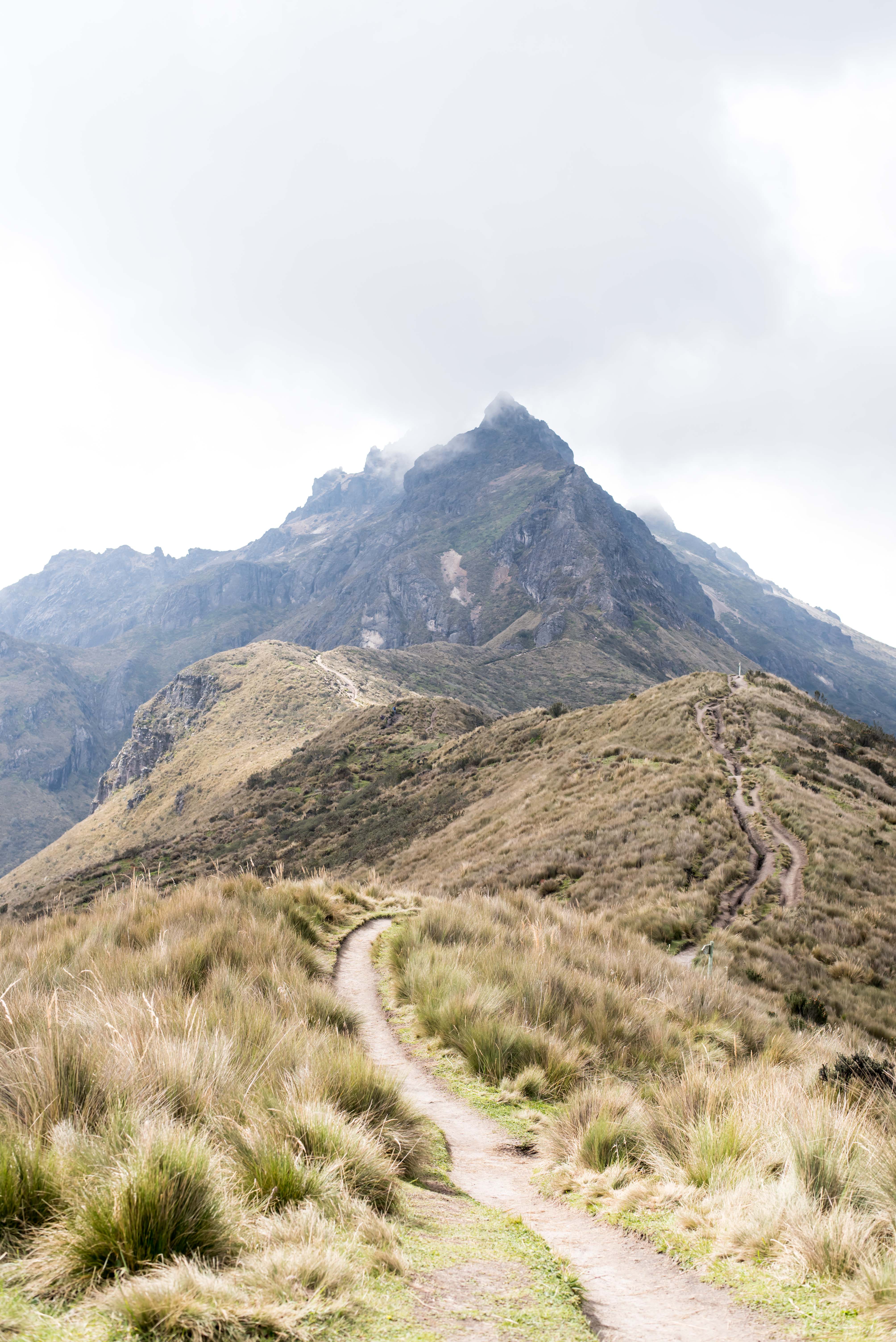

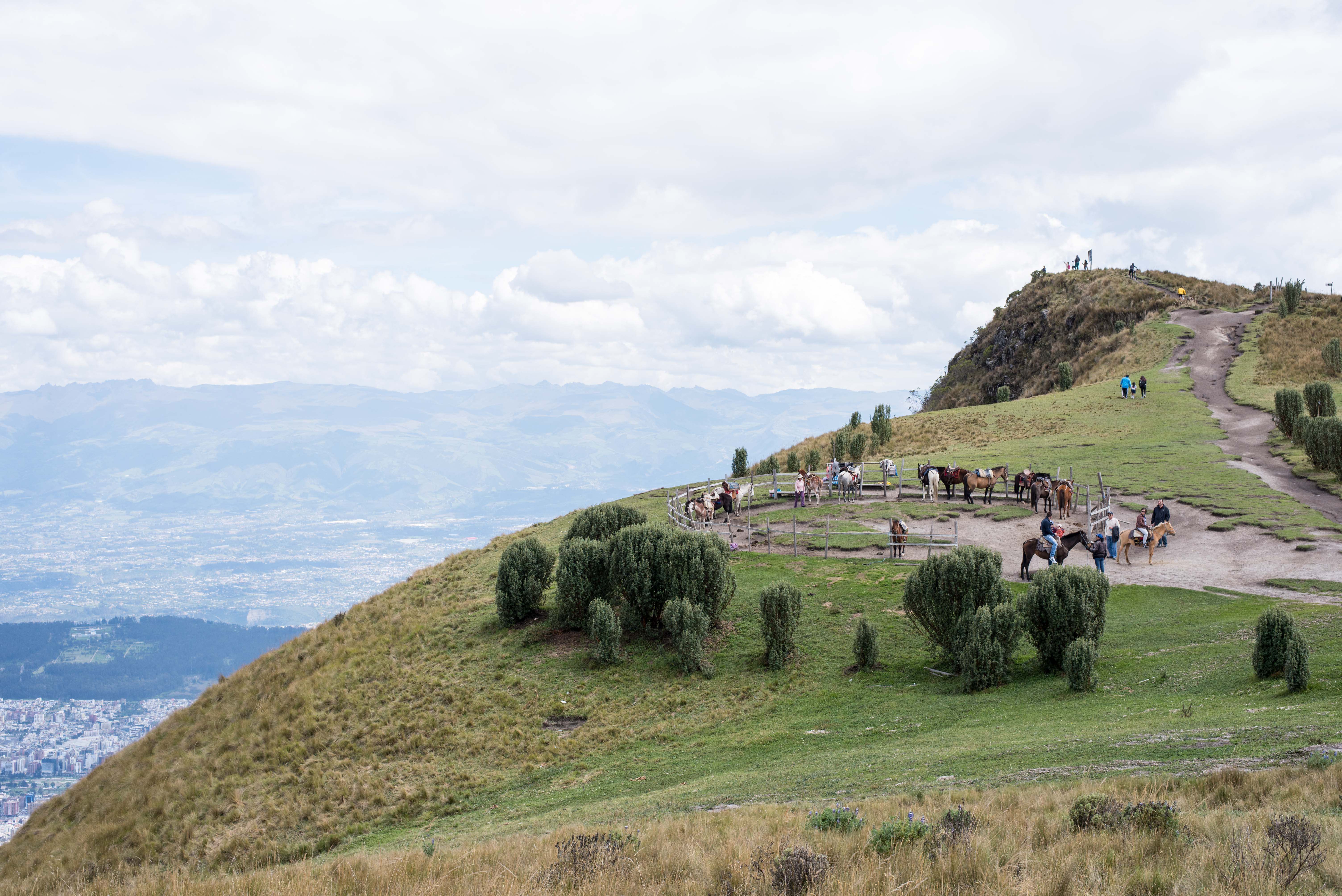
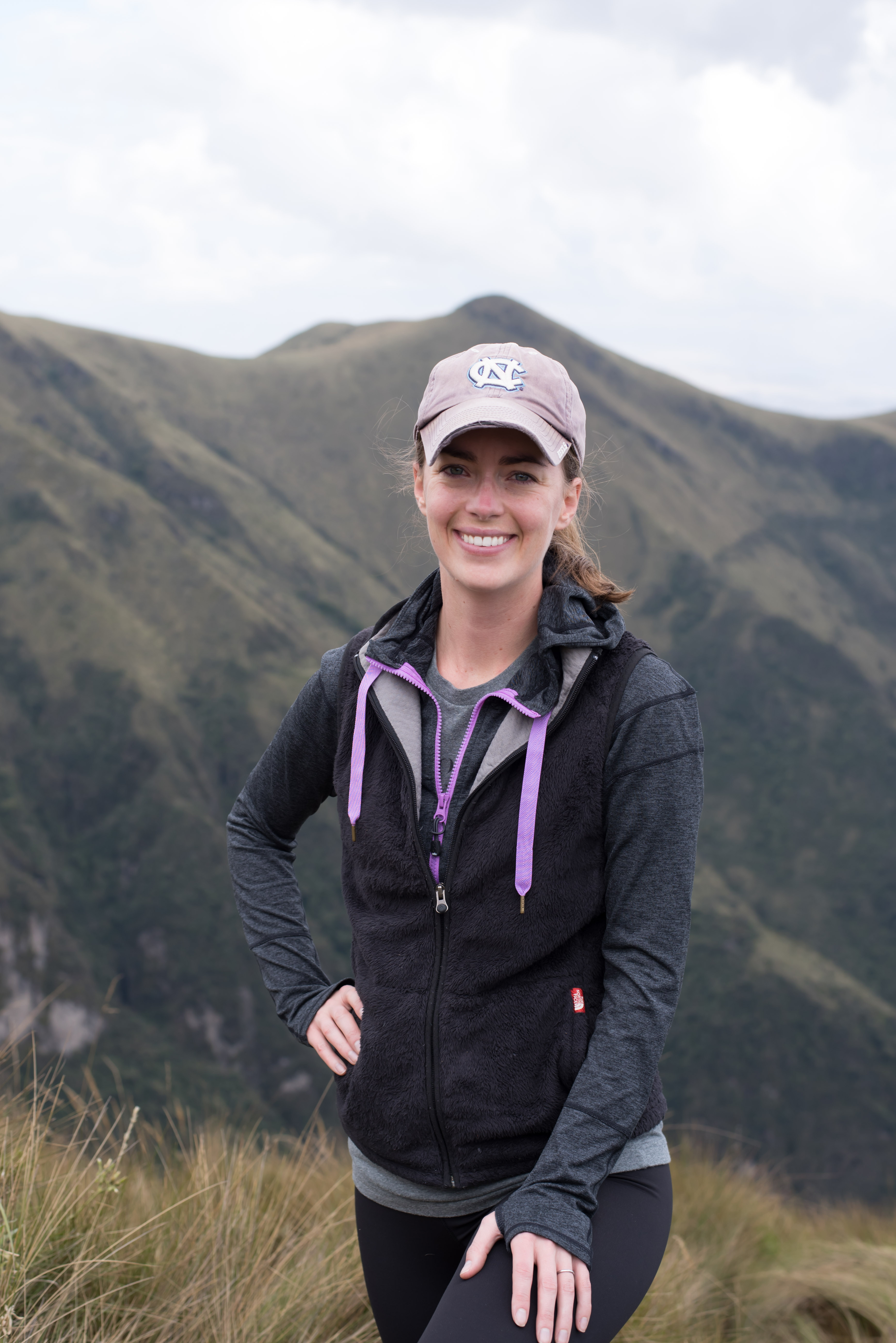
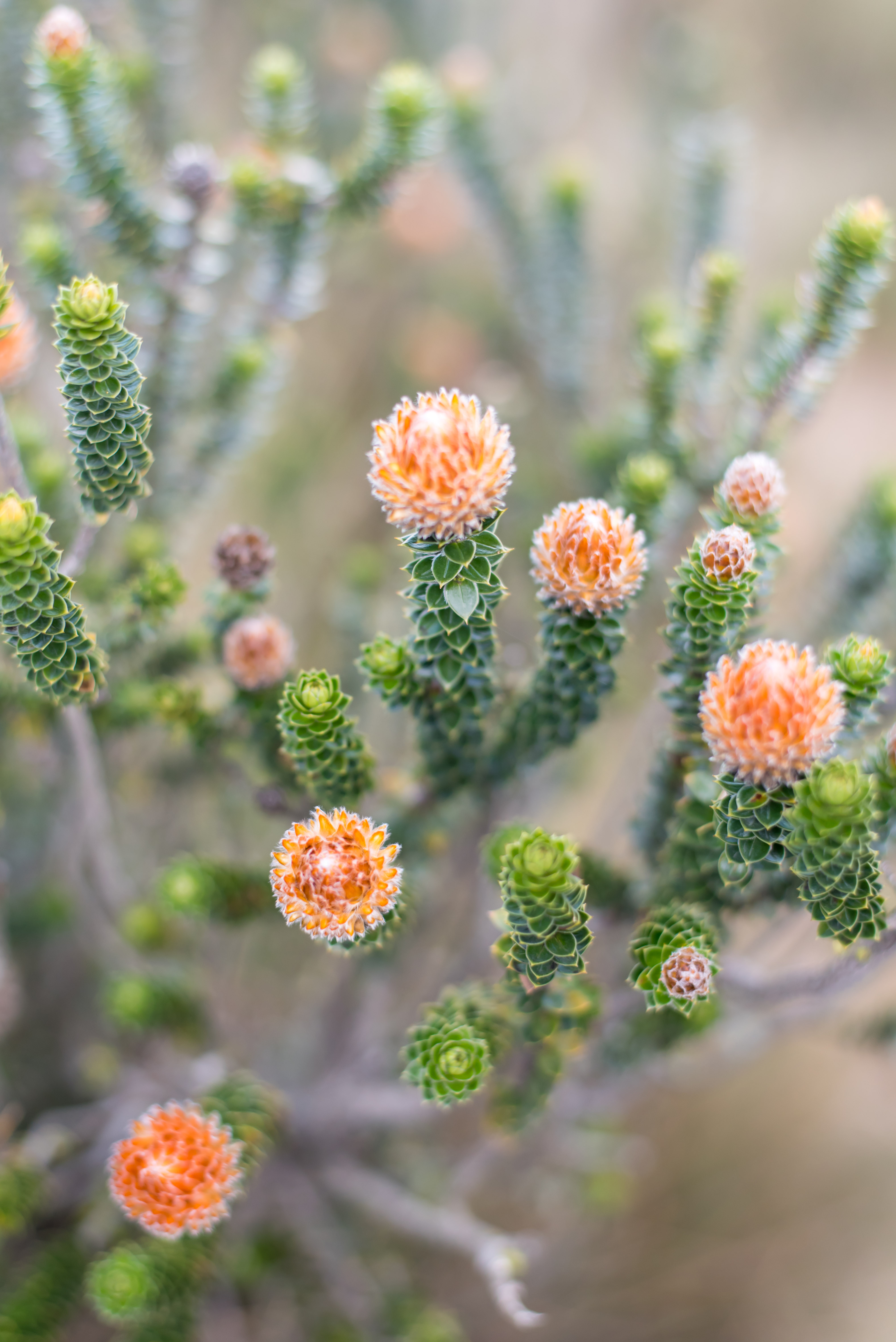
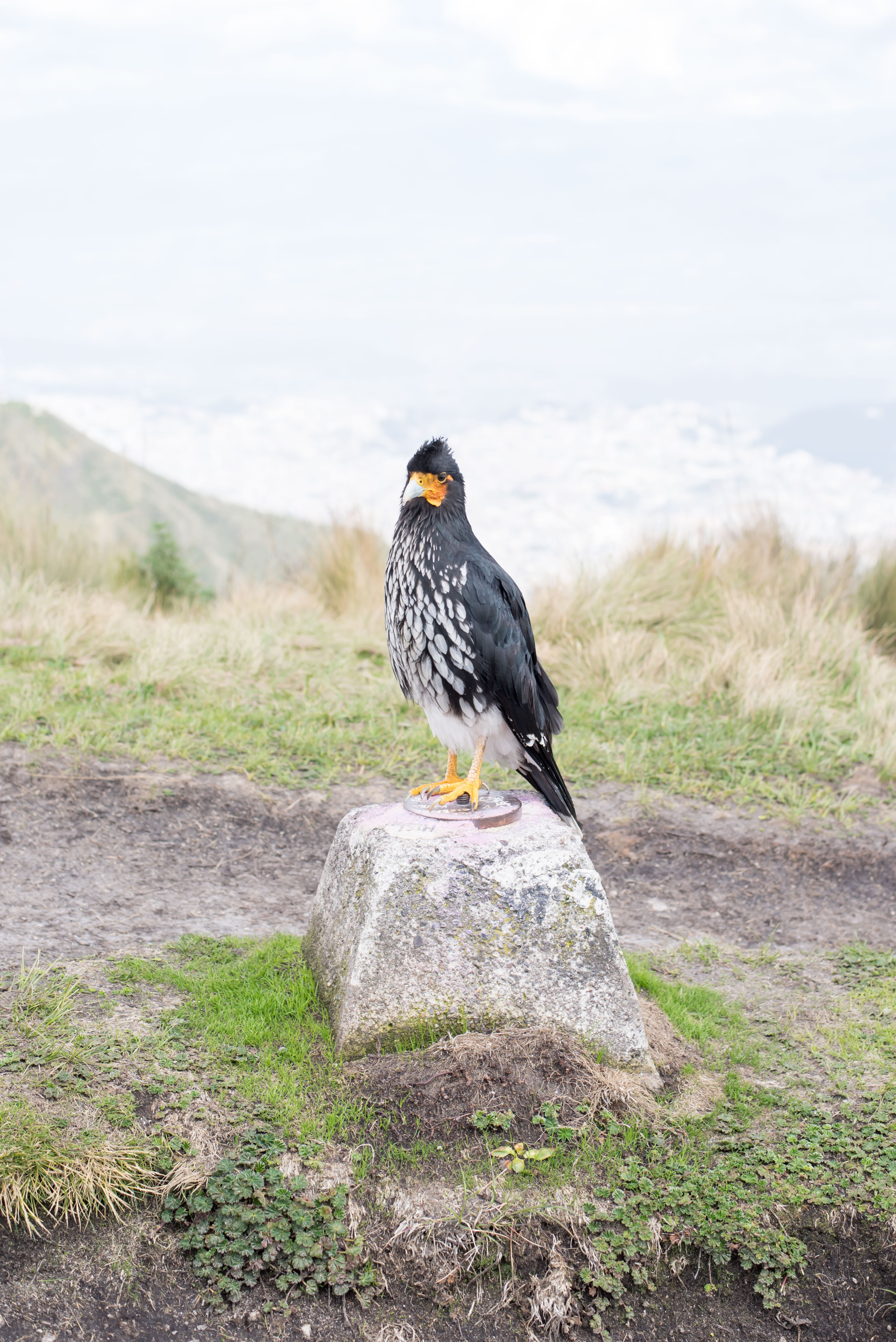
Tips & Local Customs:
Take (US) cash in small denominations because few places other than hotels and fine dining restaurants accept credit cards. Loose change is helpful for bartering your way into public restrooms.
Make sure to only take taxis with license plates, meters, and registrations posted within. Negotiate fares to/from the airport ahead of time. Have your hotel call a reputable taxi company rather than hailing one on the street if possible.
Most restaurant prices include tax and service, unless otherwise noted.
As in any large city, remain aware of your surroundings and be especially careful when out at night.
Addresses are typically given with cross streets rather than a specific street address number. As such, you might find it helpful to add in extra time for navigating locations.
Wear sunscreen! Even though the temperature stays moderate, you’re much closer to the sun!
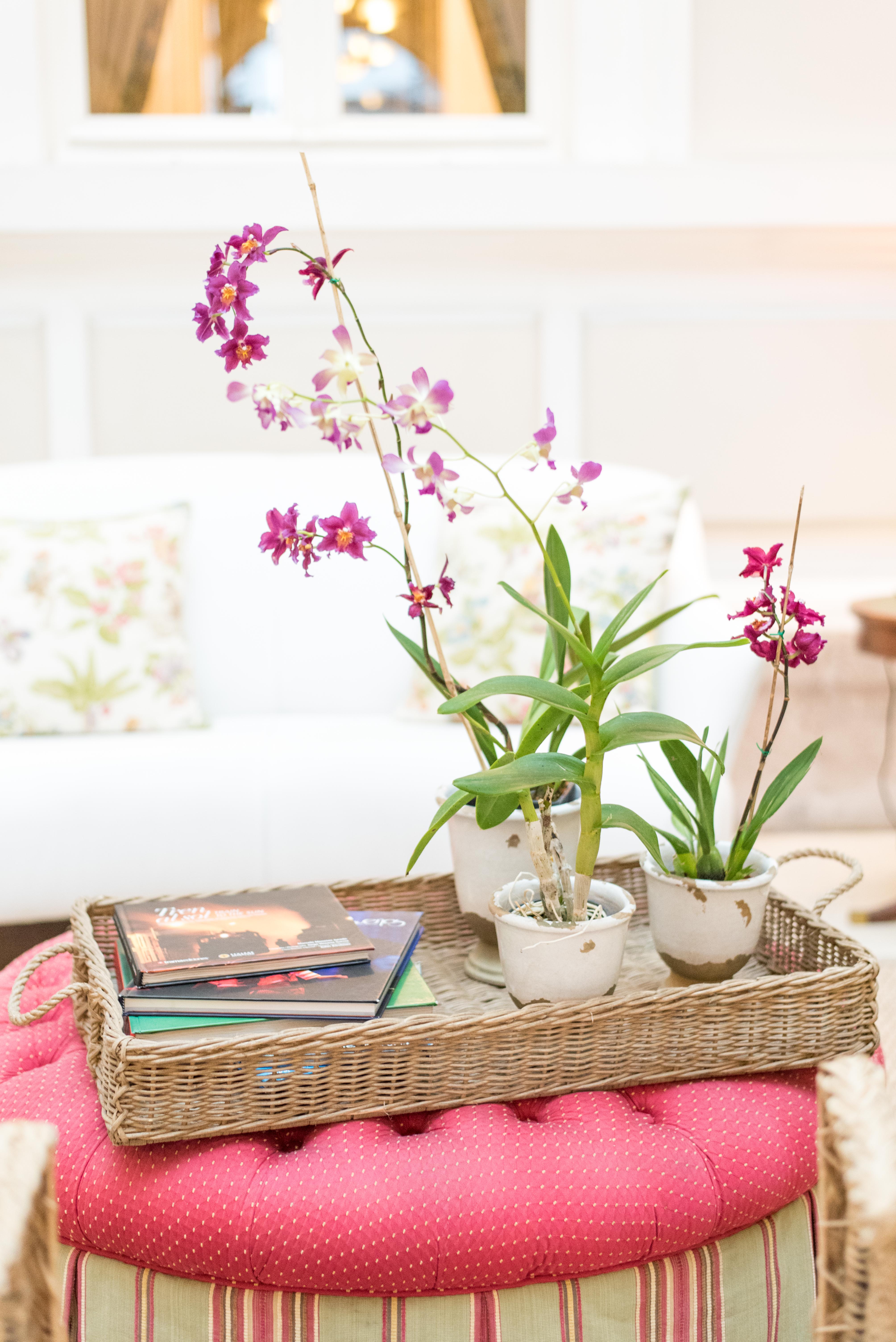
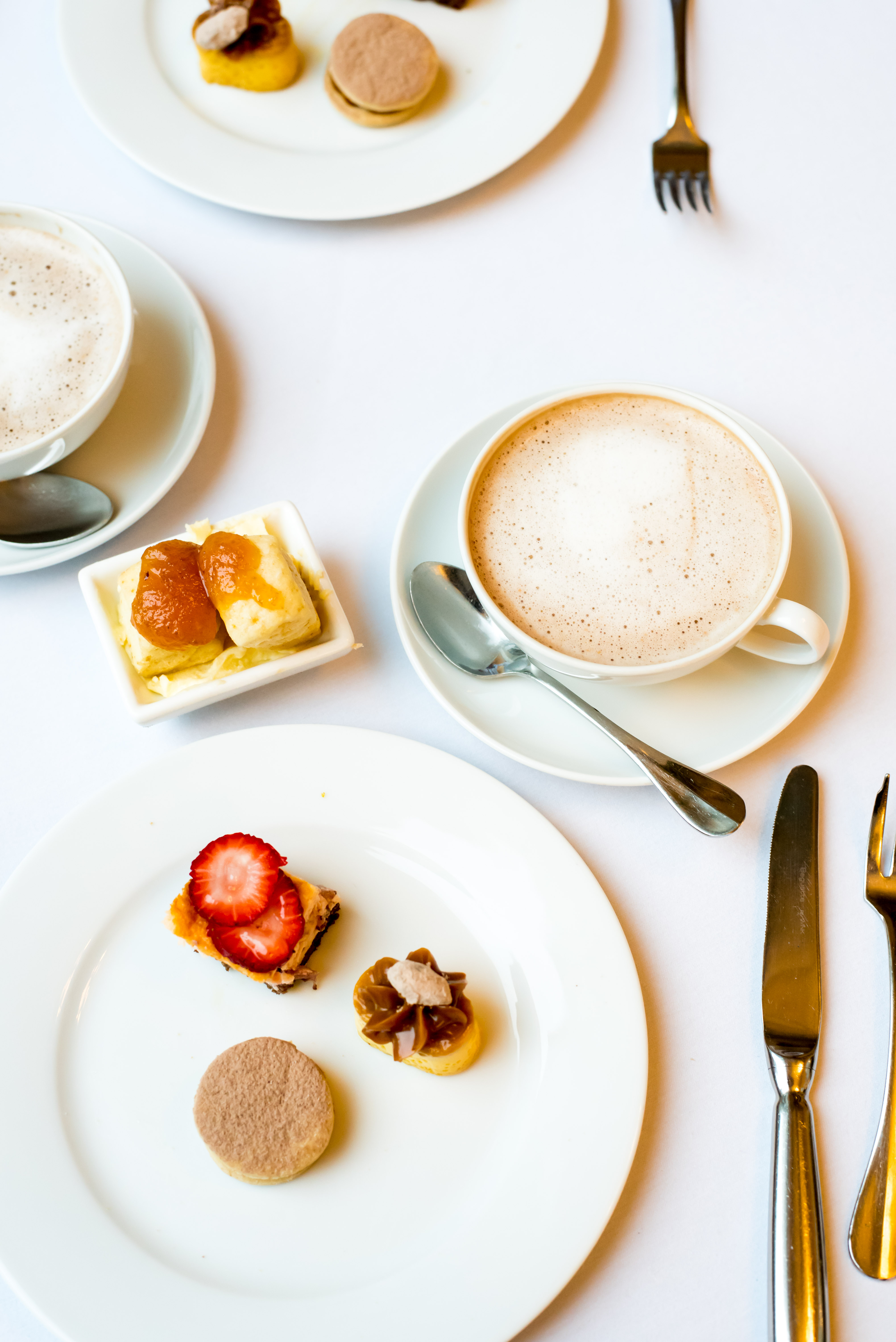
Why I loved it:
In the span of a few miles, Quito offered city buzz and rugged nature, fine dining and street food, centuries old history and contemporary life. We got the benefits of a city trip–no need for a rental car, lots of great restaurants, and plenty of things to do–and we also had super easy access to a challenging day hike. I mean, how often do you get the chance to hike a volcano?! The historical churches were much more flamboyant with their gilded interiors than the more austere churches we typically see in Europe. And personally, I was excited to see my “Latin American Art and Architecture” coursework from college come to life. Everything was inexpensive, and the chocolate totally lived up to the hype. That’s my kind of adventure!
We traveled as a couple in November 2015.
